Italian Porta Via’s Phenomenal French Pork Chop and Other French Things
(Gerry Furth-Sides) We recently had a dish, so unique with a “magnifique” French technique that it deserves a post of its own – along with the rest of the meal and service. The Porta Via French Cut Pork Chop
Porta Via, translates into “take away” in Italian, although Peter Garland’s casual bistro in the heart of Beverly hills lends itself to dining at the restaurant. So not unsurprisingly, it has become a draw for out of town visitors and a power breakfast place for the locals. For us, it is the perfect place for pre-show light dinners at the Wallis Annenberg Theatre, which is an easy walk. With a feeling both international and personal at the same time, there is always a friendly face to greet you at the door and someone in attendance throughout to offer help without feeling forced.
And there are always one or two dishes that stand out on the menu of traditional Italian land, sea and pasta favorites. We were recently “wowed” by the trofie pasta at the Special Olympics event last fall that turned out to be a summer dish made especially for off-site festivals!
So why was this dish so special? It is all in the cut and how it is cooked. To “french” a bone is a culinary term that means to cut the meat away from the end of a rib or chop so that part of the bone is exposed. This is done with racks of lamb, beef, and pork purely for aesthetic reasons or appearances’ sake. Years ago, the exposed bones were covered with frilled papers. While exposing the bone is still done, adding the frilled papers is rarely done anymore.
The most common examples of “frenched” meat can be found in a crown roast, whether it is beef, pork or lamb, whose rib ends are scraped clean of all meat, fat and sinew. The ribs are then formed into a circle or crown shape (hence the term crown rib roast) so it stands up. The interior or “crown” can be stuffed with a savory bread dressing while cooking, or filled with veggies or potatoes when it is finished.
The Tomahawk steak: The bone-end of this beef rib-eye steak (also known as a cowboy steak) is frenched giving it the appearance of a tomahawk or ax. This typically large, tender cut makes a wonderful presentation.
And it’s not only boned protein that are given the frenching technique. Frenching also means cutting food in a certain way to ensure that the food cooks faster and more evenly in addition to looking attractive when it is presented. Two classically frenched vegetables are green beans and potatoes or fries. This means they are cut into long, thin strips, also known as a julienne cut. Sweet potatoes are peeled, julienned and baked for a lower calorie load than frying them. You can kick their naturally sweet flavor up a notch by sprinkling with a bit of cayenne or chili pepper.
A pre-theatre meal satisfying and light at the same time, teams up Prince Edward Island black mussels, shallots, fresh herbs, chopped tomatoes, white wine & crostini as a first course, and then Tuscan Beans with the main course, which already includes purple and white cauliflower and broccoli.
Rosso di Montalcino is the younger sibling of the more famous Brunello di Montalcino. While Brunello must be aged for at least four years after the vintage before it can be released, Rosso di Montalcino requires only one year of aging before it can be released, which gives producers something to sell as they await the Brunello. Rosso di Montalcino, also Sangiovese from Montalcino, is a friendly version of its older sibling though it sees less oak, is less tannic, lighter, fruitier, and drinks well upon release.
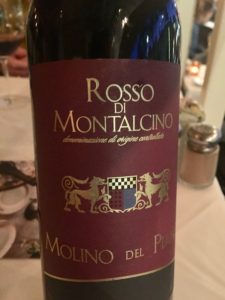
Rosso di Montalcino, server’s choice, to pair with Tuscan beans and a French-cut Pork Chop at Porta Via
Gra’it (pronounced “great”) is a briefly aged grappa from the Bonollo family of Northeast Italy’s Veneto region. Perhaps most interestingly, the spirit is distilled from the pommace of a blend of what they consider seven of Italy’s most celebrated grapes: Nebbiolo, Glera, Aglianico, Sangiovese, Moscato, Nero d’Avola, and Corvina. The resulting grappa is rested for 12 months in Slavonian oak casks known to have a more gentle influence than French or American oak.
Service all “starts at the top” and Peter Garland had always had a topnotch staff at Porta Via to you feel so at home you’re just happy to be there even without the food. www.portaviabh.com. When you call the restaurant, the hostess picks up the phone to help you. Peter has always been a part of the community, and a long-time supporter of the Special Olympics.


Hostess Sophie, the first face of the Porta Via staff that assures you of a great experience as soon as you arrive
Cavernous but intimate, Porta Via is perfect for formal dinners or a casual lunch. Families with kids of all ages are perfectly at home here. Lively bars in the adjoining dining rooms boast an interesting wine cellar containing a selection of boutique wines. Outdoor patio dining all year round that is open to the street adds to the charm and fun. And it was Peter who was instrumental in lobbying the City of Beverly Hills to allow the sidewalk cafe. Today the 400 block of N. Canon Drive has been transformed into “the” restaurant row of Beverly Hills.
Porta Via, (310) 274-6534, 424 N. Canon Drive, Beverly Hills, CA 90210, //www.portaviarestaurants.com

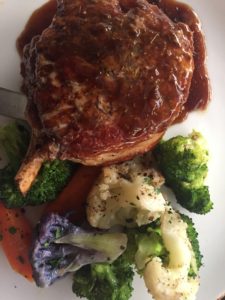
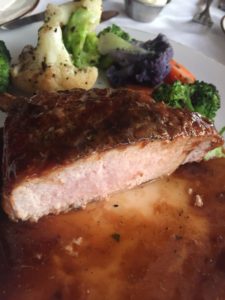
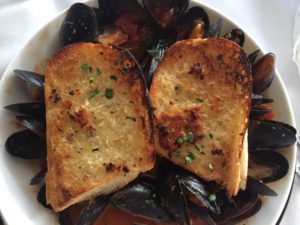
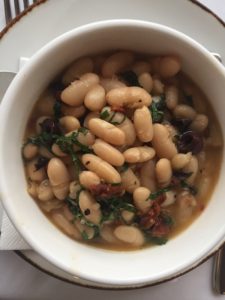
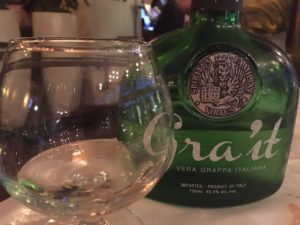
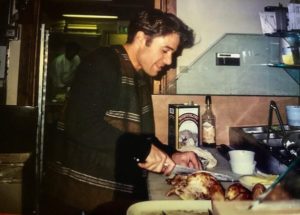

 Gerry Furth-Sides
Gerry Furth-Sides  Barbara Hansen
Barbara Hansen  Chef-owner Alain Cohen
Chef-owner Alain Cohen  Roberta Deen
Roberta Deen  Jose Martinez
Jose Martinez  Nivedita Basu
Nivedita Basu